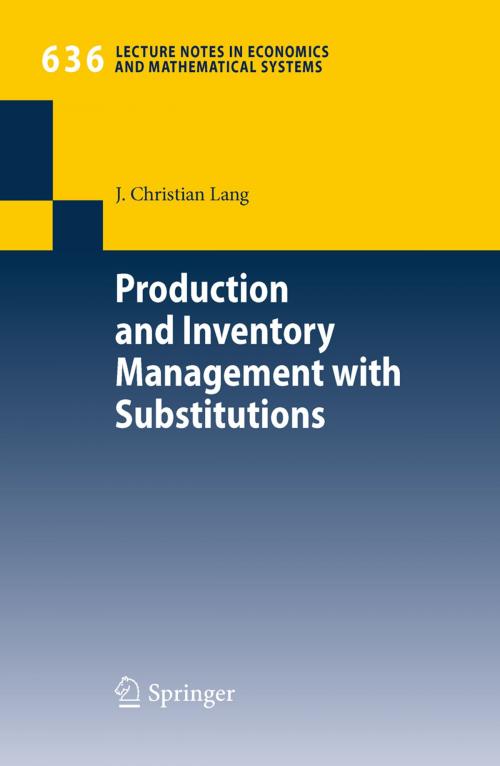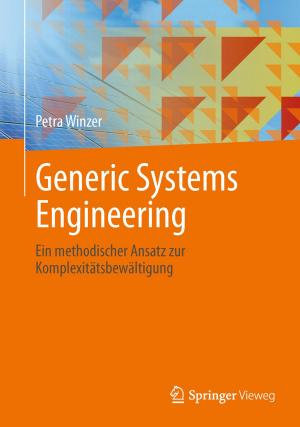Production and Inventory Management with Substitutions
Business & Finance, Management & Leadership, Operations Research, Production & Operations Management| Author: | J. Christian Lang | ISBN: | 9783642042478 |
| Publisher: | Springer Berlin Heidelberg | Publication: | November 25, 2009 |
| Imprint: | Springer | Language: | English |
| Author: | J. Christian Lang |
| ISBN: | 9783642042478 |
| Publisher: | Springer Berlin Heidelberg |
| Publication: | November 25, 2009 |
| Imprint: | Springer |
| Language: | English |
Quantitativeapproachesforsolvingproductionplanningandinventorymanagement problems in industry have gained growing importance in the past years. Due to the increasinguse of AdvancedPlanningSystems, a widespreadpracticalapplicationof the sophisticated optimization models and algorithms developed by the Production Management and Operations Research community now seem within reach. The possibility that productscan be replaced by certain substitute productsexists in various application areas of production planning and inventory management. Substitutions can be useful for a number of reasons, among others to circ- vent production and supply bottlenecks and disruptions, increase the service level, reduce setup costs and times, and lower inventories and thereby decrease ca- tal lockup. Considering the current trend in industry towards shorter product life cycles and greater product variety, the importance of substitutions appears likely to grow. Closely related to substitutions are ?exible bills-of-materials and recipes in multi-level production systems. However, so far, the aspect of substitutions has not attracted much attention in academic literature. Existing lot-sizing models matching complex requirements of industrial optimization problems (e.g., constrained capacities, sequence-dependent setups, multiple resources) such as the Capacitated Lot-Sizing Problem with Sequence-Dependent Setups (CLSD) and the General Lot-Sizing and Scheduling Problem for Multiple Production Stages (GLSPMS) do not feature in substitution options.
Quantitativeapproachesforsolvingproductionplanningandinventorymanagement problems in industry have gained growing importance in the past years. Due to the increasinguse of AdvancedPlanningSystems, a widespreadpracticalapplicationof the sophisticated optimization models and algorithms developed by the Production Management and Operations Research community now seem within reach. The possibility that productscan be replaced by certain substitute productsexists in various application areas of production planning and inventory management. Substitutions can be useful for a number of reasons, among others to circ- vent production and supply bottlenecks and disruptions, increase the service level, reduce setup costs and times, and lower inventories and thereby decrease ca- tal lockup. Considering the current trend in industry towards shorter product life cycles and greater product variety, the importance of substitutions appears likely to grow. Closely related to substitutions are ?exible bills-of-materials and recipes in multi-level production systems. However, so far, the aspect of substitutions has not attracted much attention in academic literature. Existing lot-sizing models matching complex requirements of industrial optimization problems (e.g., constrained capacities, sequence-dependent setups, multiple resources) such as the Capacitated Lot-Sizing Problem with Sequence-Dependent Setups (CLSD) and the General Lot-Sizing and Scheduling Problem for Multiple Production Stages (GLSPMS) do not feature in substitution options.















